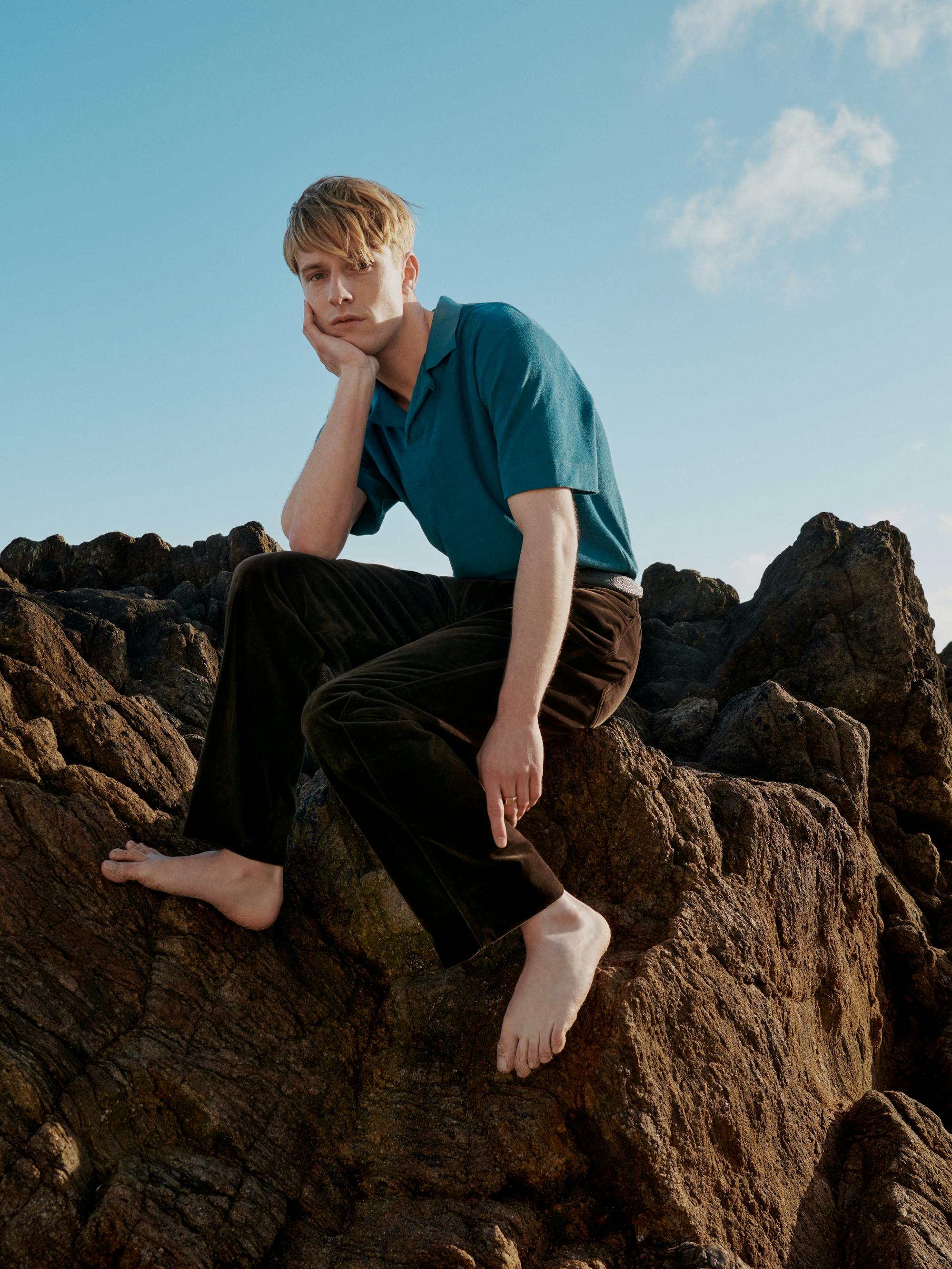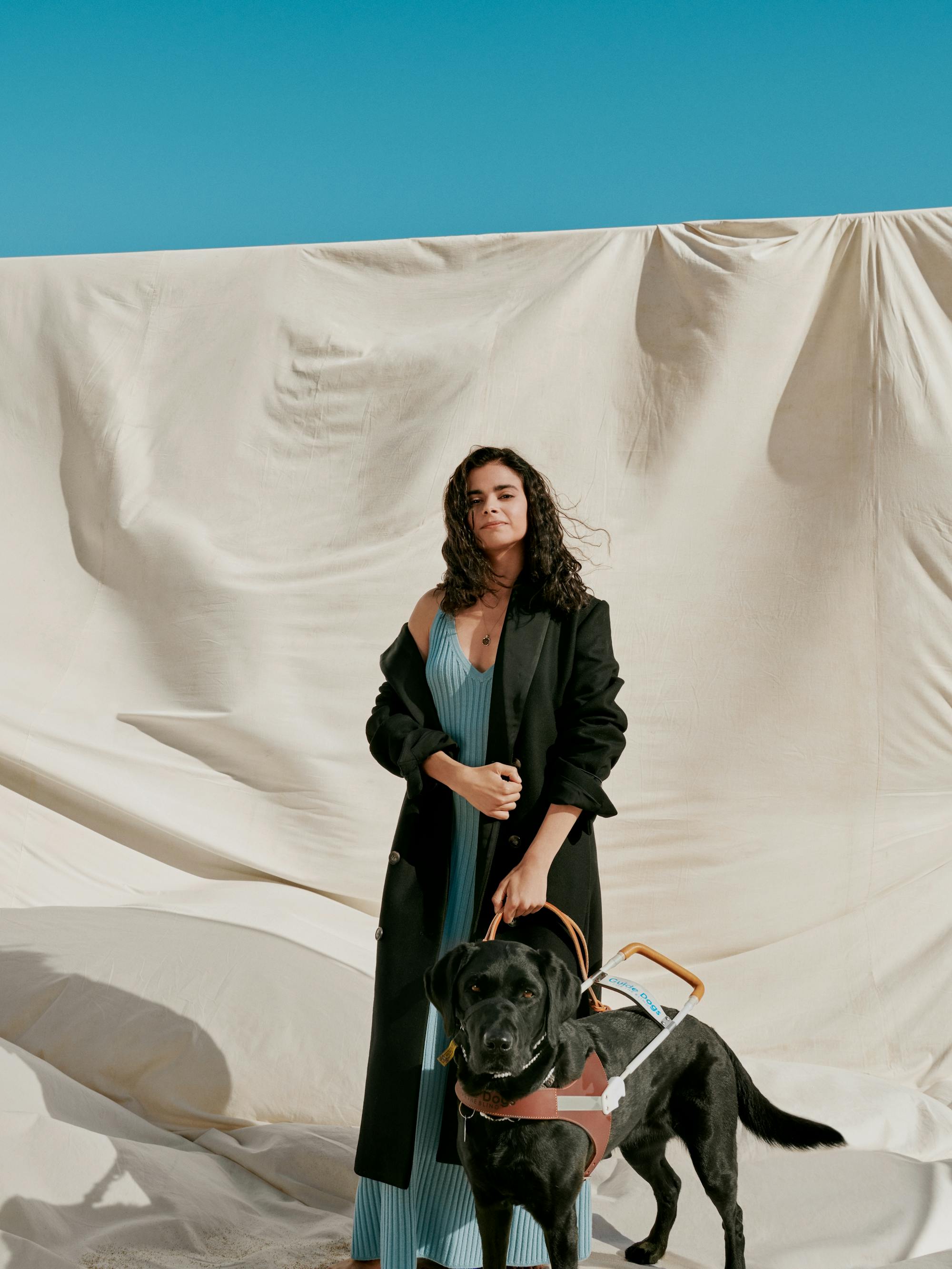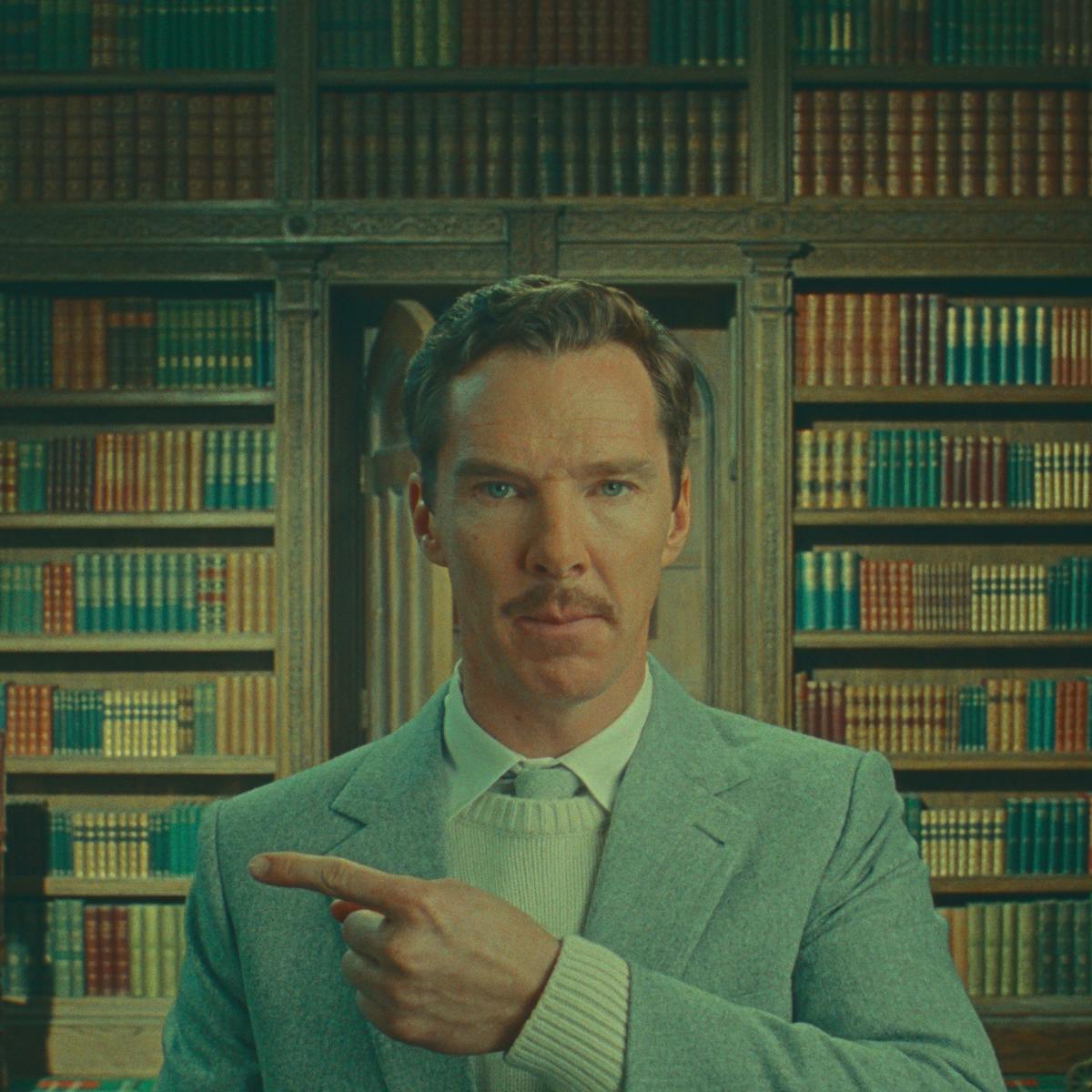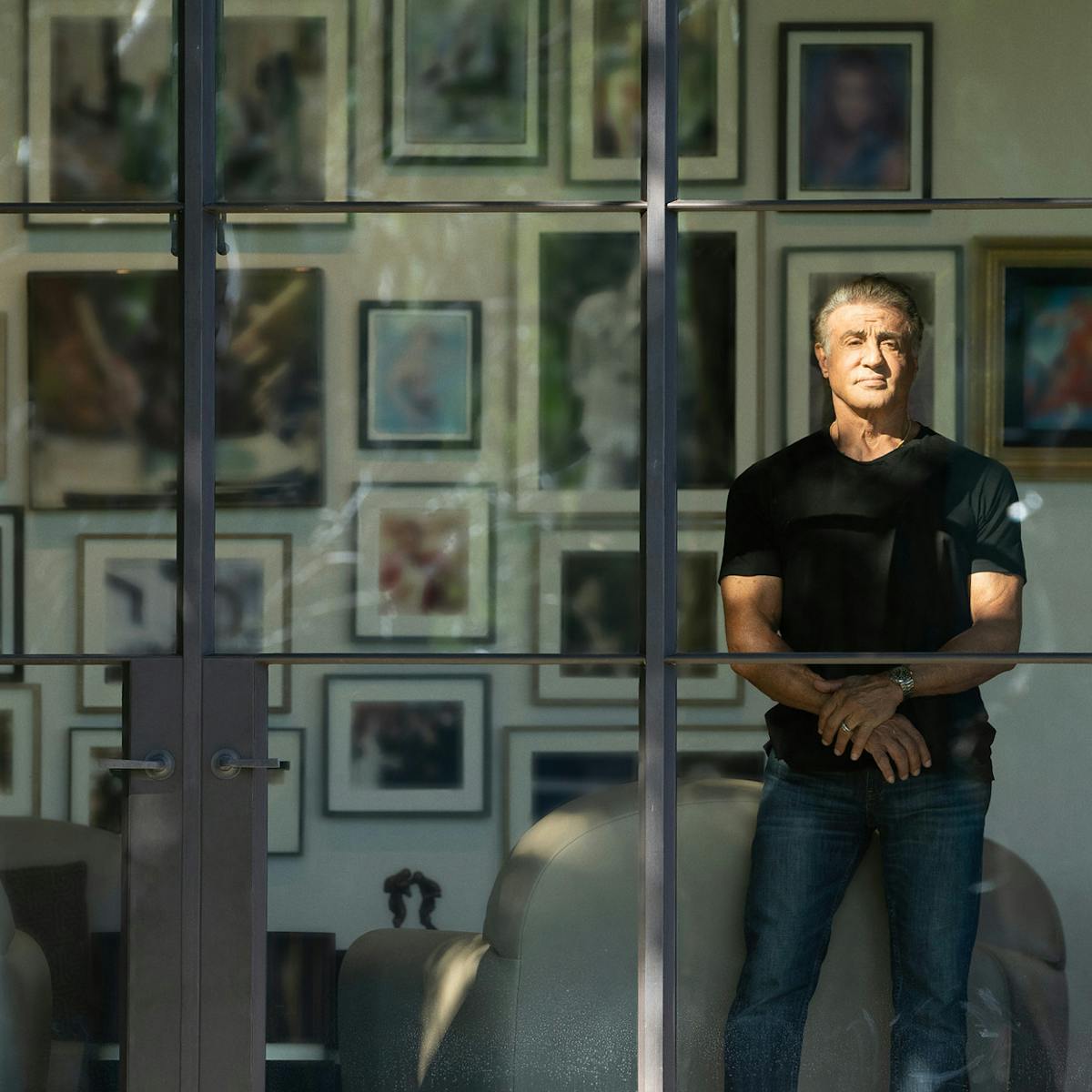Shawn Levy brings the remarkable story of Anthony Doerr’s All the Light We Cannot See to the screen — with the help of two exceptional actors.
All the Light We Cannot See is a story of destiny. In the fictional tale, young Marie-Laure, a blind French girl who flees the Nazi occupation of Paris, finds her path to joining the Resistance in the seaside town of Saint-Malo. There, she meets Werner, a German orphan whose acumen with radios attracts the attention of Hitler’s regime, and they form a deep, if fraught, connection.
Captivated by Anthony Doerr’s Pulitzer Prize-winning novel, director Shawn Levy (The Adam Project, Stranger Things) waited years for the rights to become available in the hopes of bringing the book to the screen. When he finally embarked on his adaptation, searching for stars for his miniseries, fate delivered the most ideal young actors he could have hoped to find. “We put out a global casting call for blind and low-vision actresses,” says the director. “We got thousands of iPhone videos. Some were people who had acted professionally or were aspiring actors. Others had never even thought about acting and one of those people was a PhD and Fulbright scholar at Penn State named Aria Mia Loberti.”
Loberti was not looking for her break in Hollywood when the casting call for Marie-Laure was sent out. She was finishing a Fulbright and starting a PhD program. “I was at a place where I had everything I had dreamed of and worked toward academically,” says Loberti. “But I wasn’t overwhelmingly happy. I felt stuck and out of sorts.” Enter that bit of destiny. “I got a text about the casting call out of the blue one day from a former orientational mobility teacher and she said, ‘I know you’re in academia and I haven’t talked to you in a while. But I always saw you doing something creative and I thought this would be perfect for you.’ I thought it was really sweet, but I put it aside and I didn’t look at it for a couple of days.”

Aria Mia Loberti
The draw toward doing something creative had ultimately piqued Loberti’s interest, and after reading the book (twice) she set about to put together a tape. “I just did it in my bedroom. I put on a 40s blouse from my grandma, did my hair in a little victory curl, and had a fun time,” she recalls. “I didn’t think it would get seen. I sent the tape in on a Thursday night and heard back on Monday.”
Executive producer Dan Levine says once he and Levy saw her audition, they immediately realized they’d found the Marie-Laure that would anchor the miniseries (the younger incarnation of the character is played by Nell Sutton). “I get chills talking about meeting Aria because as soon as we saw her, we knew,” Levine says. “She was wearing her grandmother’s vintage sweater and had this timeless look. I know it’ll sound like an exaggeration, but she really was one in a billion. The fact that we found her — or rather, that she found us — is incredible.”
Just as Loberti captured the attention of the casting directors and producers, so too did Louis Hofmann as he arrived to audition for the role of Werner. Hofmann, unlike Loberti, was not a newcomer to acting, having found success in the German film and television industry throughout his adolescence (Dark, Life After Life, Center of My World). For Levy, casting a young German actor to portray the complex character that is Werner was a daunting task, until he came across Hofmann. “I saw at least a thousand actors for Werner,” says Levy, “and when Louis auditioned, he was so clearly in command of his craft in a way that you don’t expect from someone so young. He just had this innate understanding of Werner — the romanticism, the gentleness, the feeling of being swept away in a riptide of circumstance over which you have no control.”

Louis Hofmann
Once he dove deep into the script, Hofmann relished taking on the intricacies of Werner’s arc. “Werner is very sensitive,” he says, “but also very broken. He’s got this beautiful gift of being a genius and I always find it interesting when something so positive brings about something so negative.” To master one of Werner’s greatest gifts, his talent building radios, Hofmann practiced for three to five hours a day over the span of a week; the character’s skill with radios ultimately thrusts the innocent young boy into the hands of the Nazi party. “The beautiful thing is he keeps on trying to hold onto what’s good and that eventually leads him to Marie,” Hofmann says.
Although the actors spent most of their scenes apart as the story leads them toward an inevitable meeting point, Hofmann and Loberti got to know one another well. Hofmann’s experience on sets and comfort in front of cameras provided Loberti with a trusted confidante. “It’s been awesome to have someone like Louis around who’s close in age to me and who has had a career in [acting],” Loberti says. “He can bring all of that feedback. He’s explained camera movements to me the same way that Shawn will, and he’ll add a different layer to them, through the lens of performance, which is really interesting. I’m really grateful for his kindness and generosity of spirit.”
“I wanted to be there for her as much as I could,” Hofmann says, “because I know sets — they can be scary. There [are] a million people running around. Sometimes it gets overwhelming. So I tried to help her as much as possible. And she’s amazing. For someone who has never acted to carry a four-part series? That was awe-inspiring.”

Aria Mia Loberti
The role of Marie-Laure required bringing a sophisticated emotion and depth to the screen, which Loberti handled with aplomb, working opposite Oscar-nominated actor Mark Ruffalo as the character’s father Daniel. Portraying a young person experiencing the trials of the Nazi invasion and the toll of life in hiding required not only emotional exertion, but physical effort, too. Loberti was adamant that she perform her own fight scenes, including a sequence when Marie-Laure encounters the Nazi officer (Lars Eidinger) who is hunting the diamond that she and Daniel are protecting, which is said to bestow eternal life on its owner. “I think people assume that blind people aren’t physically capable when in reality, anyone who’s seen a snippet of the Paralympics knows there are blind athletes,” says Loberti. “I’m not an athlete, but I’m a former dancer. I’m physically strong, and I thought it was an important point that needed to be made. I was battered and bruised at the end of it, but it was worth it.”
Loberti’s more senior co-stars were impressed by her commitment. “Aria is absolutely astounding,” says Hugh Laurie, who plays Marie-Laure’s reclusive uncle with whom she and her father find refuge in Saint-Malo. “They managed to find the only person who could encompass this extraordinary range of characteristics in Marie-Laure. She’s furiously bright and very nimble mentally and physically, almost like a sprite. She moves and speaks with a lightness and grace. She’s quick-witted, courageous, indomitable.”
Hofmann, too, earned praise from his co-stars. Eidinger, who has long enjoyed a career in Germany and in Hollywood, was excited to work alongside his fellow countryman. “It’s so joyful to watch him,” Eidinger says “On the one hand, he has a great vulnerability. But on the other hand, he’s also very strong and very self-aware. And that makes him the perfect hero.”

Louis Hofmann
Ultimately the talented pair lead the cast to great heights, infusing the powerful, moving narrative with humanity and grace. “To me, All the Light We Cannot See is about goodness, love, hope, and innocence,” Hofmann notes, “all of which are things you can’t see, but you can transmit and pass on to someone else.” Through the fate that brought Loberti to the project, the messages in the storytelling take on new meaning. “By placing someone in a role authentically, it ensures that when you’re telling these stories, you’re doing so through a lens of truth,” says Loberti. “I think what we’re all trying to get at is truth about ourselves, truth about humanity, truth about why we are the way we are, and what better way to do that than by including everyone in the art we make and the stories we tell?”




